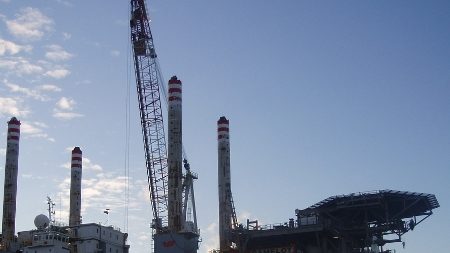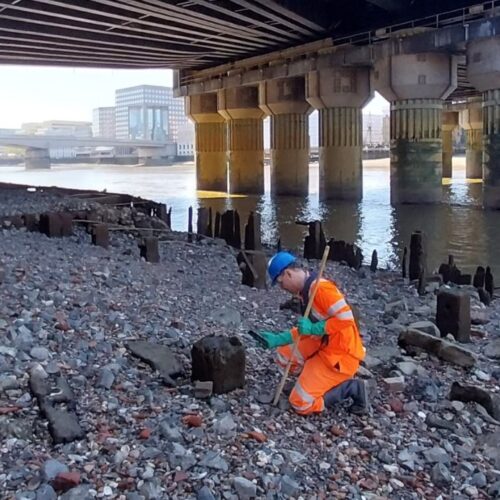Decommissioning of the North Sea oil and gas platforms will start in earnest this year as oil platforms built in the 1970s reach the end of their lives. It is estimated that 146 platforms will be removed from the North Sea between 2019 and 2026 1 . Removing these platforms is estimated to cost billions of pounds, but with tax relief the oil companies will be able to claim 50-70% back.
The events of the Brent Spar case in the North Sea, in which an oil storage unit was to be disposed of at sea, prompted regulations to be passed banning the disposal of disused offshore installations at sea, or leaving them wholly or partly in place (OSPAR 98/3).
It is well known that offshore marine structures provide hard substrate for marine animals to colonise, creating artificial reefs and providing valuable ecosystem services by supporting the surrounding environment. They also create de facto no-fishing zones extending 500m from any part of an offshore
installation. In other parts of the world it is considered that leaving some of the subsea structures in place could have ecological and socio-economic benefits and leaving elements of the structure in place is encouraged.
For some platforms, such as older ones which have concrete bases, leaving them in situ is much more cost effective than trying to remove 300,000 tonnes of concrete. It will also preserve the marine communities that have colonised the bases over the last 40 years, and keep the fishing exclusion zones in place.
Companies are able to apply for exemptions to the OSPAR 98/3 regulation, and competent authorities are allowed to give permission to leave installations, or parts of installations, in place in the case of
- steel installations weighing more than ten thousand tonnes in air
- gravity-based concrete installations
- floating concrete installations
- Any concrete anchor-base which results, or is likely to result, in interference with other legitimate uses of the sea. 2
Each case must be considered with a full scientific assessment of the impacts on the marine environment. Leaving some of these structures in place may also have a positive impact on greenhouse emissions, an environmental benefit to associated marine life, and possible benefits to ecosystem services. Even better still, a proportion of the money saved, in costs for the company or taxes for the government, could be invested in long-term restoration and protection of the marine environment in these areas.
If we establish a precedent for environmentally beneficial decommissioning in the North Sea, it could serve as an example and model for decommissioning best-practice around the world.
1 http://www.offshoreenergytoday.com/decommissioning-status-and-regulations/











